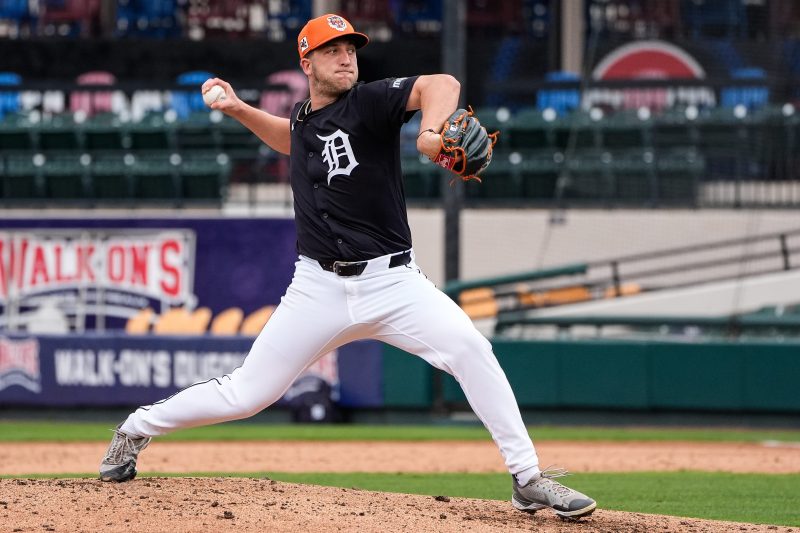MLB’s latest venture appears to be taking more of the human element out of the game, with a test run of an automatic balls and strikes (ABS) challenge system put in during 2025 spring training. With the Los Angeles Dodgers and Chicago Cubs kicking off spring training Thursday, we’ve already been given our first look at how the system will work.
How many challenges does each team get? Who can ask for an ABS challenge? Is this going to be a factor during the regular season soon?
Here’s everything to know about MLB’s ABS system for spring training.
Follow every MLB game: Latest MLB scores, stats, schedules and standings.
How does the ABS system work?
Each team is granted two challenges to use whenever they like throughout the game. If the team wins their challenge, they will not lose a challenge, meaning they would still have two challenges to use whenever they please. However, a failed challenge will result in the loss of a challenge.
Challenges must be called immediately after a pitch by either the pitcher, catcher, or the batter at the plate by tapping their head. No one else may call for a challenge. Teams will not be awarded extra challenges should games go into extra innings.
Won’t these challenges slow games down?
Not by much.
Through limited testing in Triple-A a year ago, it took approximately 17 seconds for each challenge to be completed with the umpire’s call being overturned 51% of the time. Even if each team were to use four challenges throughout a contest, that would only add a little over two minutes to each game.
Where will this system be implemented?
Not every spring training ballpark will have access to the new ABS system. In the Cactus League, the ABS challenge system will only be available at the five dual-team stadiums – Camelback Ranch (Dodgers and White Sox), Surprise Stadium (Rangers and Royals), Peoria Sports Complex (Mariners and Padres), Goodyear Ballpark (Reds and Guardians), and Salt River Fields (Diamondbacks and Rockies).
In the Grapefruit League, it will be available at a few solo team parks: George M. Steinbrenner Field (Yankees), Clover Park (Mets), BayCare Ballpark (Phillies), TD Ballpark (Blue Jays), LECOM Park (Pirates), Publix Field (Tigers), Hammond Stadium (Twins), and Roger Dean Chevrolet Stadium (Marlins and Cardinals).
Will this be implemented during the regular season?
The 2025 regular season? No. However, if this system is appreciated by the players and goes smoothly, we could see this creep into the MLB regular season in a few years. The challenge system will already be used across Triple-A this year, and some people close to MLB believe it could be implemented at the major league level as early as 2026.
How will that affect the game?
As of now, with only two challenges per team, it shouldn’t affect the game much. Players should learn quickly to save their challenges for questionable calls in high-leverage moments. Most of the time, nothing will be different.
Sure, a small amount of human error in the game will be erased. Framing as a catcher will become a little less vital, and pitchers will need to operate with slightly more swing-and-miss material in the zone. That said, it shouldn’t be a noticeable difference.
Who would be affected by it most?
In 2024, San Francisco Giants catcher Patrick Bailey led all catchers in framing runs with 16, three more than second-place Cal Raleigh of the Seattle Mariners.
Bailey was top-10 among catchers at turning balls into strikes from above the zone, to the left of home plate, to the right of home plate, and below home plate. He was similarly good in 2023, leading the league in framing runs once again with 17, all while finishing within the top-15 at every zone except to the left of home plate.

